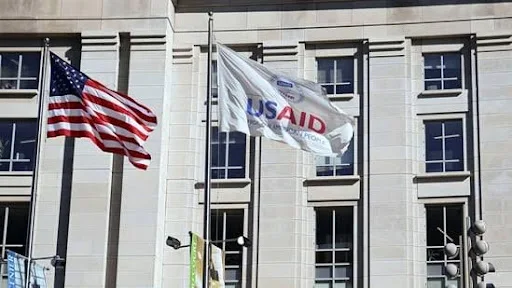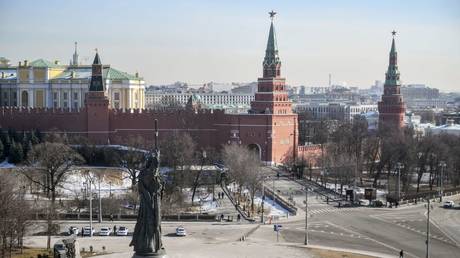Trump Signs Executive Order to End USAID Funding, Shifting U.S. Global Aid Strategy
By Sankar Pal
In a groundbreaking move, former U.S. President Donald Trump has issued an executive order effectively halting all U.S. foreign aid funding managed by the U.S. Agency for International Development (USAID). The decision, touted as a measure to prioritize "America First" policies, has sparked a global debate on the future of international assistance and the role of the United States in global humanitarian efforts.
The executive order brings an end to decades of U.S. leadership in providing aid to vulnerable nations. In fiscal year 2023, USAID disbursed significant funds to support critical humanitarian and development programs worldwide. The largest recipient was Ukraine, which received $16.021 billion amid ongoing conflict with Russia. Other top beneficiaries included:
- Ethiopia: $1.676 billion, mainly for famine relief and conflict resolution.
- Jordan: $1.195 billion, supporting economic development and regional stability.
- Afghanistan: $1.089 billion, aimed at humanitarian assistance following the Taliban takeover.
- Somalia: $1.047 billion, to address severe drought and ongoing insurgencies.
Smaller but substantial allocations went to countries like the Democratic Republic of Congo ($936 million), Syria ($895 million), Nigeria ($824 million), Yemen ($812 million), and South Sudan ($740 million), reflecting USAID's focus on addressing conflicts, climate change, and public health crises.
Impact of the Decision
Critics argue that the executive order could exacerbate humanitarian crises worldwide, particularly in nations dependent on U.S. aid to combat famine, disease, and conflict. Advocacy groups have expressed concern over the potential vacuum left by the U.S., urging other global powers to fill the gap.
Proponents of the move argue it will free up resources for domestic priorities and reduce America's financial burden. "It's time to stop sending billions abroad while Americans struggle," Trump said during the announcement.
The Future of USAID
With the termination of funding, questions remain about the future of USAID and its operational structure. The agency has been a cornerstone of U.S. diplomacy, delivering aid and fostering development since its establishment in 1961. Observers suggest USAID may pivot to a new role or face downsizing under the new directive.
This decision signals a dramatic shift in U.S. foreign policy, leaving many to wonder how it will reshape America's standing on the global stage. For now, nations relying on U.S. aid must prepare for a future without it, and the world waits to see how the geopolitical landscape will respond.
(Data source: ForeignAssistance.gov)










